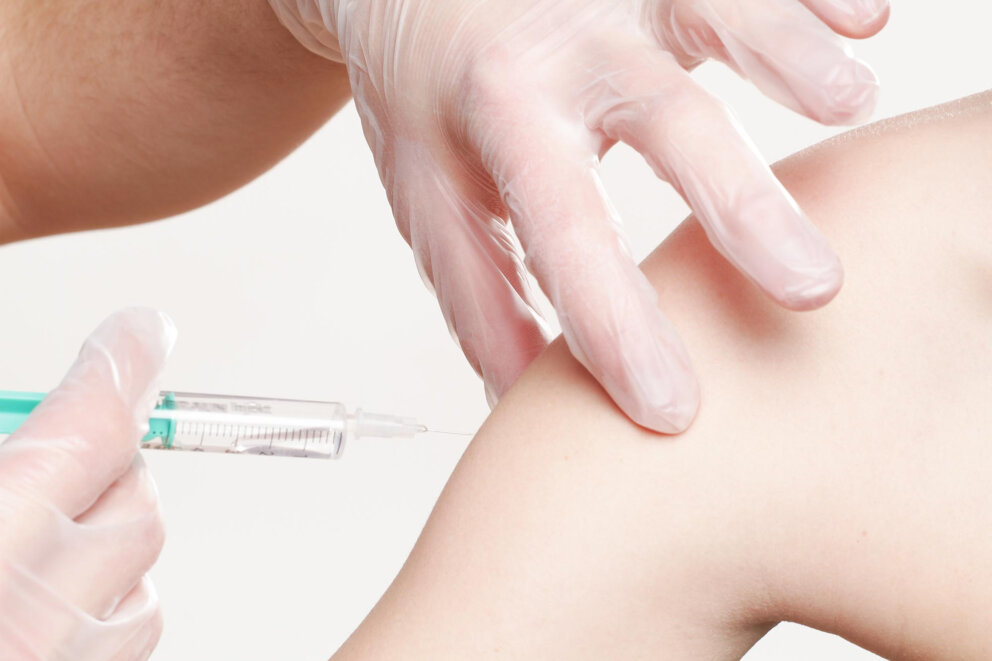The month of April has long been a symbol of the fight against cancer. Everyone is aware of them, yet little attention is paid to prevention. Few women remember the date of their last preventive gynecological examination. Few women also know what can cause cervical cancer and what the options are for prevention and treatment. Statistically, however, this disease is extremely dangerous. Although breast cancer claims the largest number of female victims each year worldwide, the number of cervical cancer cases is also on the rise. Every year in Slovakia alone, 600 new cancer patients are diagnosed with this type of cancer and up to 200 of them die from it. And why is the age limit being lowered every year? Women are starting to have sex earlier and earlier, but awareness of the potential risks is low. The virus that causes cervical cancer is transmitted through sexual contact, but even a condom may not be enough to protect you in this case. An expert from our gynaecological outpatient clinic, MUDr. Ingrid Valaská, talked about the likelihood of infection, risk groups and also about treatment options and prevention of this type of cancer.
Causes of the disease
"One of the causes of cervical cancer is infection with high-risk human papillomavirus HPV types 16, 18," informs MUDr. Ingrid Valaská. This the virus is transmitted through vaginal, oral and anal sex. "Skin contact in the genital area is sufficient to transmit the virus. It is even possible to become infected by contact with objects contaminated with vaginal secretions or ejaculate," points out. It is for this reason that a condom is not sufficient protection in this case.
Sexually active people come into contact with this virus many times during their lifetime, but this infection may not fundamentally cause cancer. In fact, several factors are important for its development. The most important is the persistence of the infection on the cervix, but also the uncontrolled multiplication of cells altered by HPV infection, which the immune system can no longer cope with. "Other factors can be an early start of sexual life before the age of 17, frequent change of sexual partners, poor intimate hygiene, immune disorders, unhealthy lifestyle, etc.," points out our gynaecologist MUDr. Ingrid Valaská.

Symptoms and prevention
Initially, the symptoms of the disease may not be obvious at all. "The most common symptoms are bleeding between menstrual cycles and after coitus. Discomfort during urination, discharge, pain in the lower abdomen during intercourse or during exertion are signs of an already advanced disease," informs the gynaecologist. Once the cancer has developed and started to grow intensely, it is aggressive and the disease has a rapid progression and often a sad end. However, it can be very effectively prevented by careful prevention, as experts constantly point out. Vaccination against the HPV virus is very important, as well as regular preventive examinations in the gynaecological outpatient clinic, where any changes can be identified in time. "This is theonly malignant tumour where it is known what causes it and in case of early intervention the worst can be prevented," appeals MUDr. Ingrid Valaská.
Cervical cancer screening is now common practice, but available data suggest that women unfortunately often only see a specialist when it is too late. HPV vaccination, which is recommended for young girls, combined with regular preventive examinations by a gynaecologist, is an effective means of preventing cancer and is very likely to save lives. "The most ideal time for a woman to be vaccinated is before the start of her sex life. Ideally, this is between 9 and 12 years. Vaccination is also suitable for boys, also ideal before the start of sexual life," explains the gynaecologist.

After vaccination, antibodies against HPV start to form. The vaccine should protect against at least the two most dangerous types of HPV, HPV 16 and HPV 18, which are the most common causes of cervical cancer. Ideally, however, the vaccine should also protect against HPV 6 and 11, which cause genital warts called condyloma. "In our country, 2-, 4- and 9-valent HPV vaccines are available at the moment. The difference between them is in the number of serotypes against which they provide protection. All three protect against the two most dangerous viruses, HPV 16 and HPV 18, which are the most common causes of cervical cancer," further clarifies MUDr. Valaská. There is no need for further vaccination in the future.
Preventive check-ups help to prevent or detect cancer at an early stage. As part of the examination, the uterine cervix is examined with a colposcope in gynaecological mirrors and a cytological smear is taken at the same time. If suspected, the doctor can also take tissue samples from the cervix for histological examination on an outpatient basis.
If the cancer has already been diagnosed, the appropriate treatment will be adjusted according to the risks and extent of the disease. "Each patient is treated individually. Depending on the stage, it undergoes surgery, followed by chemotherapy, radiotherapy or a combination of both." adds MUDr. Ingrid Valaská.
Gynaecological outpatient clinic at the FRAIS Institute of Health and Beauty








